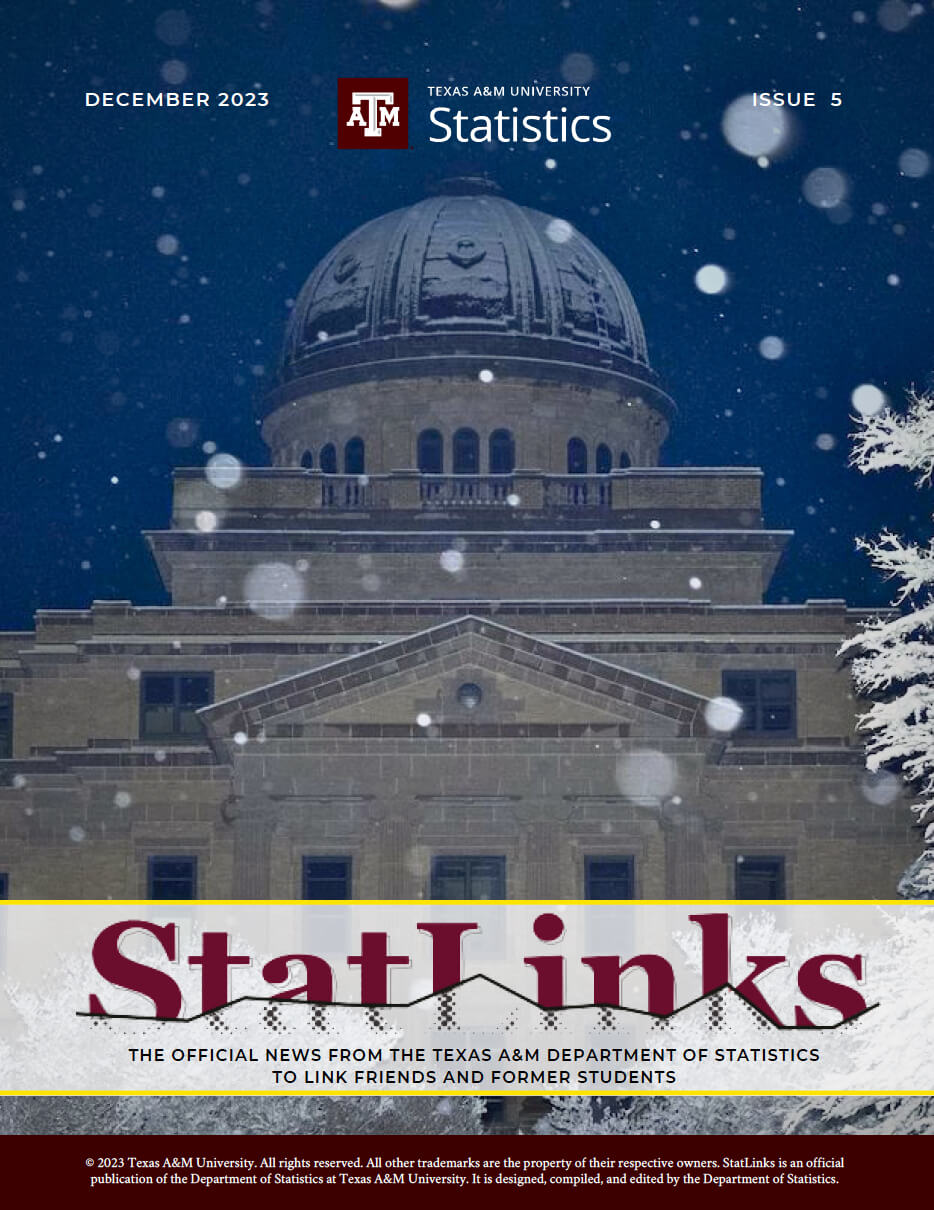RAYMOND KA WAI WONG
Department of Statistics
Iowa State University
“Fiber Direction Estimation, Smoothing and Tracking in Diffusion MRI”
ABSTRACT
Diffusion magnetic resonance imaging is an imaging technology designed to probe anatomical architectures of biological samples in an in vivo and non-invasive manner through measuring water diffusion. It is widely used to reconstruct white matter fiber tracts in brains. This can be done in several steps. Typically, the first step is to estimate the diffusion direction(s) for each voxel of the biological sample under study by extracting the leading eigenvector from the estimated diffusion tensor at each voxel. As it is reasonable to assume that the diffusion directions from neighboring voxels are similar, a local smoothing may be applied to the estimated tensors or directions to improve the estimation of diffusion directions. Finally, a tracking algorithm is used to reconstruct fiber tracts based on (estimated) diffusion directions.
Most commonly used tensor estimation methods assume a single tensor and do not work well when there are multiple principal diffusion directions within a single voxel. The first part of this talk describes a new method to identify and estimate multiple diffusion directions within a voxel through a new and identifiable parametrization of the widely used multi-tensor model. Unlike many existing methods, this method focuses on the estimation of diffusion directions rather than the diffusion tensors. In the second part this talk focuses on a novel direction smoothing method which greatly improves direction estimation in regions with crossing fibers. This smoothing method is shown to have excellent theoretical and empirical properties. Lastly, this talk presents a fiber tracking algorithm that can handle multiple directions within a voxel. The overall methodology is illustrated with a data set collected for the study of Alzheimer’s disease.

